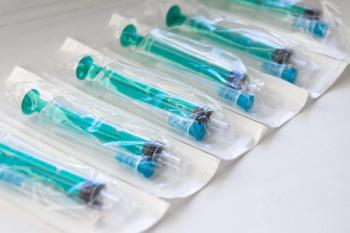
Tax refunds can be cashed in for U.S. savings bonds
Beginning with the 2009 tax return, tax refunds can be used to purchase Series I U.S. savings bonds just by completing the appropriate sections of the tax return.
Beginning with the 2009 tax return, tax refunds can be used to purchase Series I U.S. Savings Bonds just by completing the appropriate sections of the tax return.
Savings bonds will be mailed to taxpayers who choose this option in denominations of $50, $100, $200, $500 and $1,000, according to tax preparation firm H&R Block. Bonds must be held for one year. If cashed out sooner than five years, taxpayers lose the last three months' interest. Bonds will accrue interest for up to 30 years, adjust semi-annually for inflation, and pay compound interest. The current rate is 3.36 percent, according to H&R Block.
Newsletter
Stay informed and empowered with Medical Economics enewsletter, delivering expert insights, financial strategies, practice management tips and technology trends — tailored for today’s physicians.








